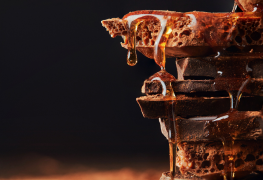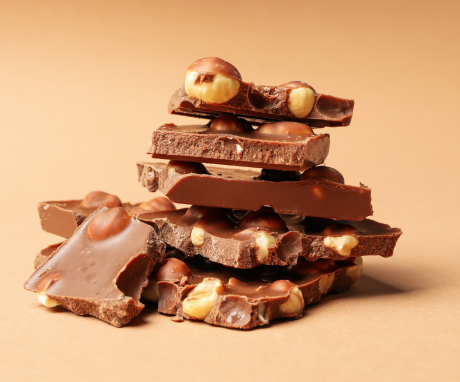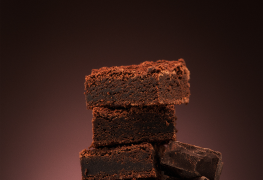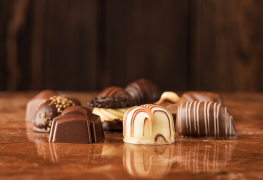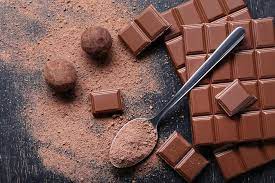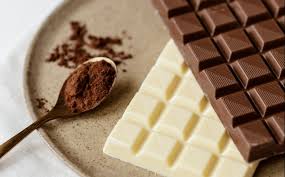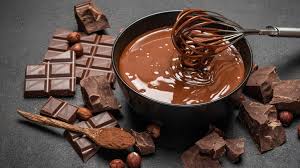-
Call and make an appointment +00 544-213-615
- $ 0
-
EN

Admin, company.com
Category:Black Chocolates
Date: 23 Feb, 2024
Working with chocolate can be incredibly frustrating, and no one knows that better than us! It’s temperamental, literally. It’s extremely sensitive to changes in temperature, humidity/moisture, agitation, etc. etc.! You think everything is going your way, and you're tempering chocolate correctly, and then you realize things have gone terribly wrong.
Tempering chocolate is the most important skill for a chocolatier or chocolate maker. It’s likely something that you will have to practice many times before you are successful. Once you have the money to invest in your business or hobby, you will likely buy a tempering machine that will make your life infinitely easier. BUT, having said machine doesn’t mean that you don’t have to learn how to temper. Learning how to temper chocolate is not only about the outcome. It’s about making sure that you understand the process – the chemistry involved, the steps involved, what you’re looking for, and why.
If it was warmer or cooler in the room during your practice session, then you will have to adjust for the change in room temperature in how you temper. For example, the amount of seed needed in the seeding method; reduction of the temperature by making the cool water bath or marble slab a little colder; keeping the warm water bath stable when you try to maintain the temper. Too much humidity or too dry a climate also can affect temper. Yes, air conditioning and humidity control will be vital for your commercial operation
Did you continually stir the mass throughout the process? If you leave it on the slab or in the bowl without stirring, you run the risk of the part of the mass that is up against the cool marble slab solidifying. Or the chocolate up against the hot bottom of the bowl falling out of temper because it gets too hot. Again, since we are talking about differences of only one or two degrees, you have to be careful with the process.
You can re-temper the chocolate over and over again. The only downside is increased viscosity, IF (and that is a big IF) in an earlier session you haven't overheated the chocolate to the point of possibly burning and IF you haven't gotten any foreign substance in it, such as water, ganache or nut bits. If you think the mass was compromised in any way, start your next tempering session with new chocolate. You can use the compromised mass for recipes such as ganache or truffle centers so it isn't wasted.
When you're finished working, pour out the tempered chocolate onto parchment or acetate and let it harden for storage. One of our students pours her excess tempered chocolate into a plastic zipped storage bag, seals the top then flattens it out to harden. The flat shape is very easy to store and when you need it, you simply break up in pieces in the bag then pour back into your tempering machine or bowl to melt.
A large mass of tempered chocolate can become untempered when the heat from the center of the mass can't dissipate as you aren't agitating it anymore. So it retains the heat in the center and cools slowly. This is due to the latent heat of crystallization. As chocolate is crystallizing it gives off heat (an exothermic reaction) and can get warm enough to throw itself out of temper. This issue with latent heat is also why it is important to cool pieces when they are rapidly crystallizing. Putting your mold, or your dipped piece, into a well ventilated refrigerator as soon as you see signs of it starting to crystallize around the edges for 15 minutes or so will carry off that latent heat and prevent the pieces from throwing themselves or each other out of temper.
Admin, company.com
Tags: Black Chocolates
Related articles
Black Chocolates
Consider choosing organic produce and locally sourced ingredients when possible. Organic foods are grown without synthetic pesticides
Black Chocolates
In that slow process of cooling, some of the cocoa butter molecules release and rise to the surface or get trapped in layers.






